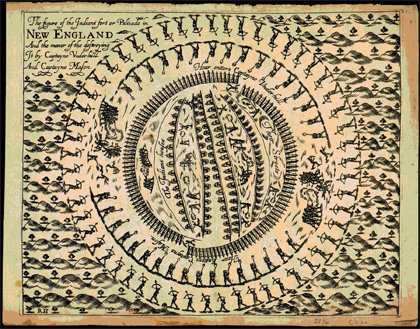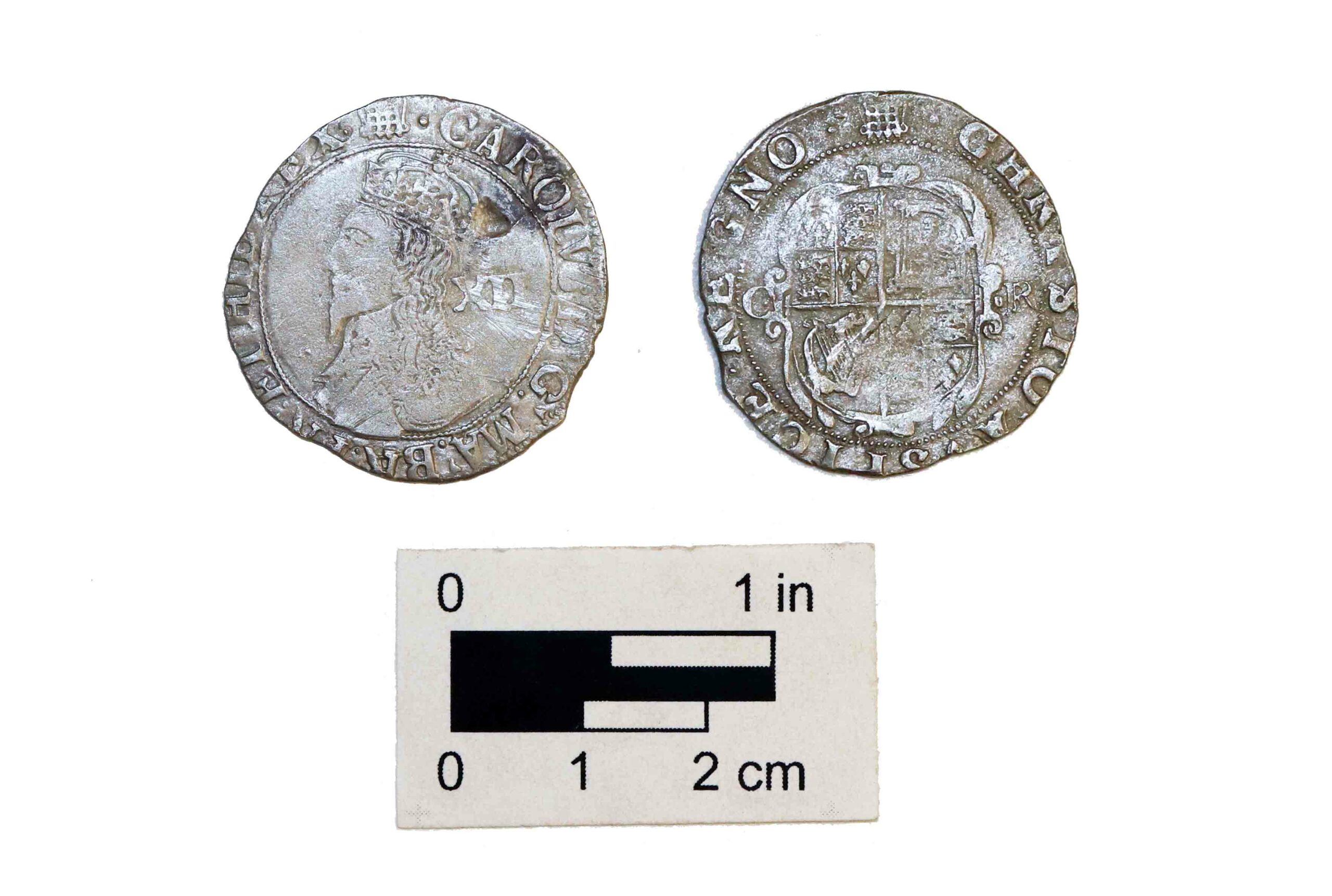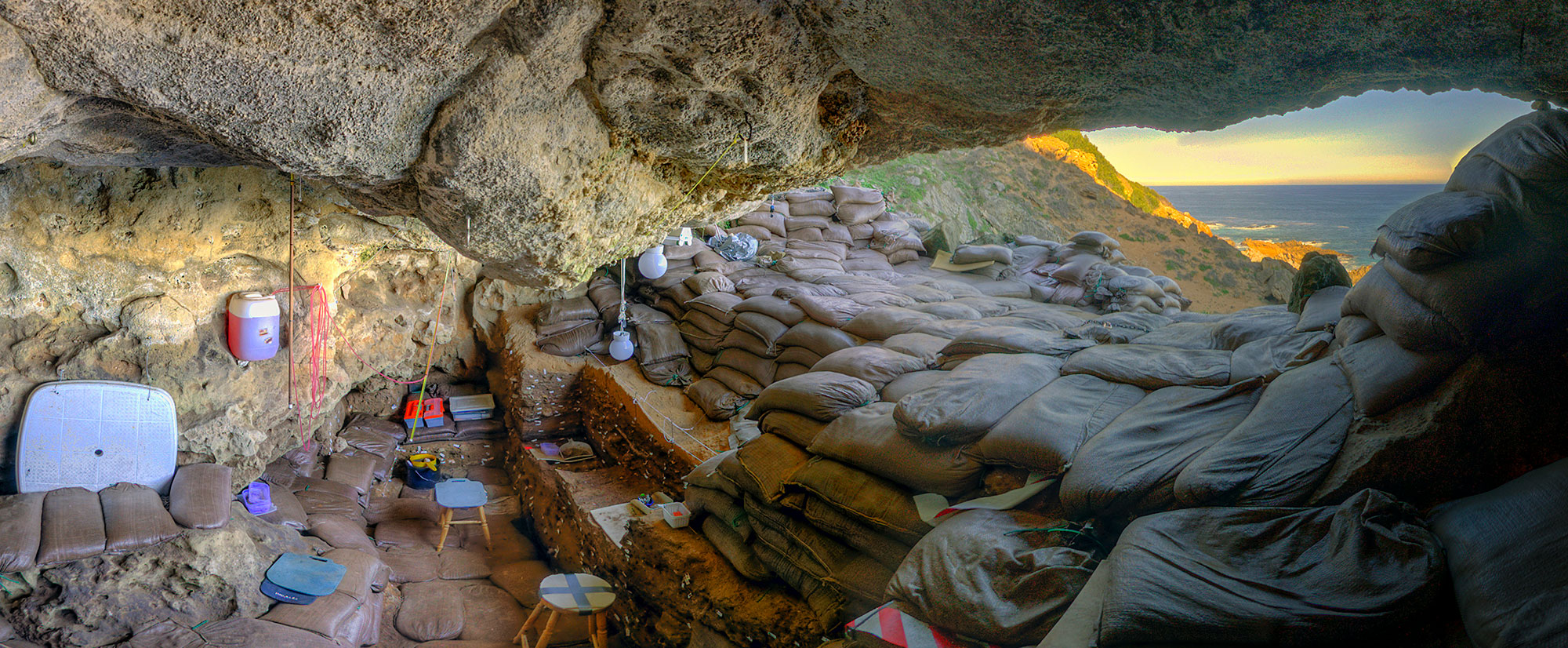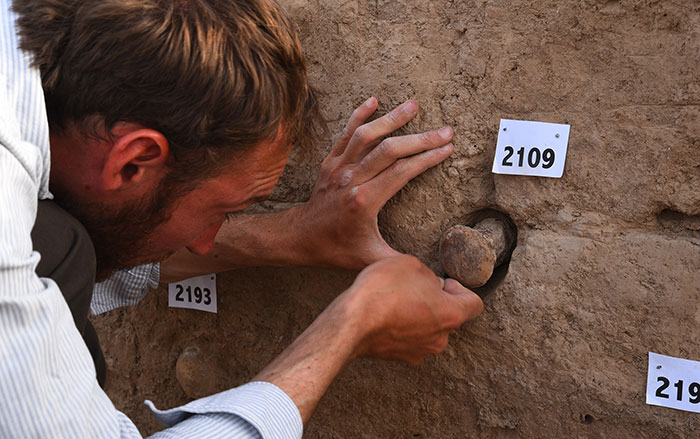
WETHERSFIELD, CONNECTICUT—Connecticut Magazine reports that artifacts dating to the time of the 1637 Wethersfield Indian Massacre, such as diamond-pane window glass, wampum beads, medicine and liquor bottles, ceramics, food remains, shells, nails, furniture hardware, buttons, and coins minted in the 1620s and 1630s have been unearthed in the historic town of Old Wethersfield, which is located in central Connecticut. Traces of a possible stockade wall have also been found. Sarah Sportman of the Public Archaeology Survey Team said the wall suggests the colonists were fearful of the Pequot, who lived in the area, while Charles Lyle of the Webb-Deane-Stevens Museum said the wampum suggests the two groups engaged in trade. By 1637, he said, the Indians were concerned about the region’s limited food supply, attacked the colonial settlement, and kidnapped two girls in an effort to convince the settlers to leave. The girls were returned, but the colonists retaliated, triggering the beginning of the Pequot War. It had been thought all evidence dating to the early seventeenth century at the site had been destroyed during later development. To read about the use of lidar to investigate the influence of humans on Connecticut's landscape, go to “Peeping through the Leaves. ”










